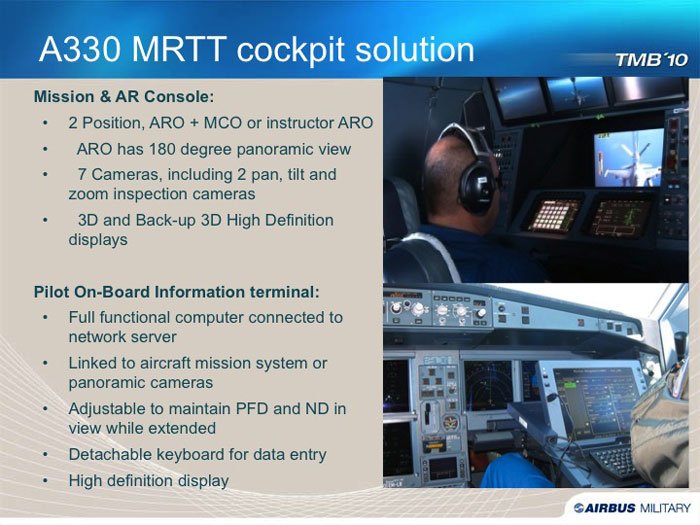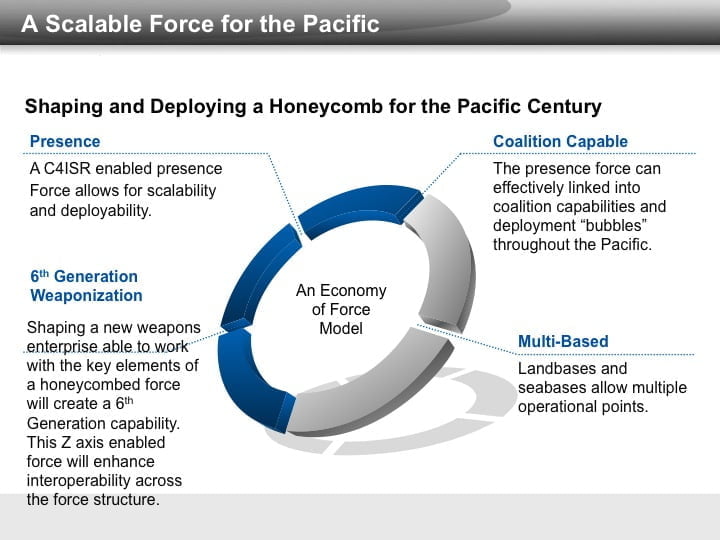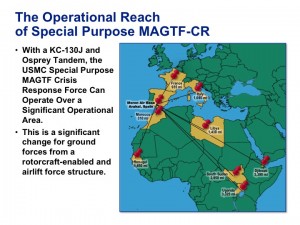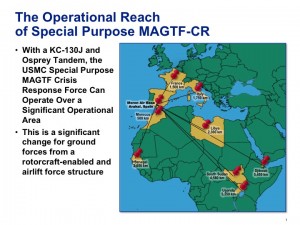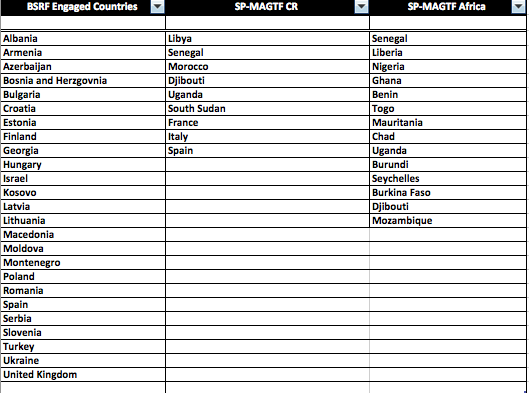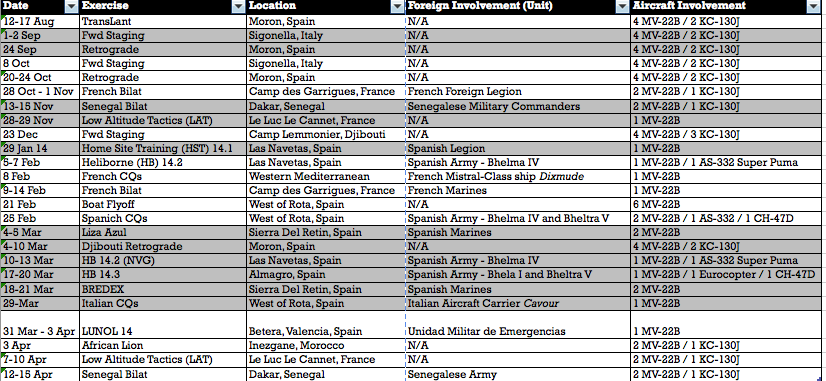2014-04-25 by Robbin Laird
The Russians have been map-making in Crimea. With the Ukraine in play, close observers of Russian behavior are taking their measure of what such behavior might mean elsewhere.
Clearly, an area of note is the Baltics.
With Putin’s emphasis on Russian ethnic solidarity trumping international borders, the Baltic area is an area ripe for scrutiny.
For the Danes, Norwegians and Swedes what this means is that Baltic defense comes into focus.
Notably, if one would look at the map, the Russian challenge in the Baltics and the Arctic requires integrated air and naval forces to defend Nordic interests, whether in NATO or not.
The map below provides one with a clear view of the confluence of challenges:

Certainly, the Baltic States have gotten the Russian message.
The demand side on the Nordics and NATO is shaped in part by Baltic expectations.
And those expectations are clear: to up the capability to defend the Baltic States.
Already in February of this year PRIOR to the seizure of Crimea, the President of Estonia underscored the reality of what needed to be done:
Estonian President Toomas Hendrik Ilves, who congratulated the Baltic Defense College for its 15th anniversary on Thursday, Feb. 27, said in his speech that the current events in Ukraine prove that the Baltic States have to do more in the state defense sphere, reports Public Broadcasting.
“The events in Ukraine show that this fight goes on inside Europe, too. This sends a clear message to Estonia and the Baltic Sea region: we have to do more in the state defense sphere. Sufficient defense expenditures continue to be very important from the point of view of our security – this is valid for both Estonia as well as Latvia and Lithuania,” said Ilves.
The president stressed as his main message that NATO is trustworthy only as far as the member states of the alliance are trustworthy and responsible. “NATO’s credibility in our region depends both on the readiness of other allies to defend us as well as the efforts of the Baltic States to spend money on their own defense,” said Ilves.
He called the Baltic Defense College to speak up more in the regional security issues and increase the share of cyber and IT topics in the military education curriculum.
The Baltic Defense College (BALTDEFCOL) is a multi-lateral cooperative military college which educates officers from not only the three Baltic States, but also from NATO and EU states and other European states.
It was founded in 1999 by Estonia, Latvia and Lithuania together with supporter states Canada, Denmark, Finland, France, Germany, Holland, Norway, Poland, Sweden, Switzerland, UK and USA.
The reaction of one state – Sweden – captures the sense of importance in shaping an effective defense to deal with Russian maneuvers in Europe.
According to an AFP report, Sweden has decided to arm its Gripen fighters with a longer-range missile capable of operating across a wider area of interest.
“In the future the ability to combat longer range targets can be important,” Defence Minister Karin Enstroem told public broadcaster Sveriges Radio, adding that the missiles would have “a high precision which acts as a deterrent.”
“So it would raise our collective defense capabilities and thus raise the threshold effects of our defense.”
On Tuesday the center-right government announced plans for a 5.5 billion kronor (€604 million, $835 million) rise in annual defense spending by 2024 — on top of the current annual budget of close to 50 billion kronor — including an additional 10 Swedish-made Saab Gripen fighter jets, bringing an air force fleet upgrade to 70 planes.
In a statement the government referred to the “deeply unsettling development in and around Ukraine” and Russia’s occupation of “parts of a sovereign state.”
The Swedish defense forces have argued for longer range missiles to deter Russia from destroying Swedish weapons from a distance. The new missiles — to be fitted on Gripen jets — would double the current range at 1,000 kilometers (620 miles).
“It shows a potential opponent that we can fight at long distances and therefore we believe it is a deterrent,” Colonel Johan Hansson told Sveriges Radio.
“If we are detected early we must be able to have a firing range that is much longer than what we’ve previously been used to.”
A Swedish analysis of the shift highlights its importance.
Defence Minister Karin Enström said the high-precision missiles would chiefly act as a deterrent to other countries that might be considering an attack on Sweden.
“They would give new capabilities by offering a longer reach, but also the ability to fight targets that are further away,” she told Sveriges Radio (SR) on Thursday.
She said the move would “increase the effectiveness” of Sweden’s defense.
The cruise missiles would be added to the next generation of Gripen jets, and would be able to cause severe damage to targets 1,000 kilometers away. Current cruise missiles can only travel half that distance. The new missiles can fly at low altitude, have GPS guidance, and can maneuver like an aircraft.
And a Swedish analyst added:
“It’s not just a defense thing. In fact, the perception that weapons are ‘defense or attack’ is old-fashioned,” Hult told The Local.
“There is no static front these days. Modern Russian doctrines say that if war starts then they will strike at depth into any enemy territory.”
Norway and Denmark are also in the throes of sorting out their way ahead given the challenges to both the Arctic and the Baltic states and the need to ensure integrated air and naval capabilities to operate throughout the region.

In the current crisis, Norway is spearheading a modest NATO naval task force operating in the Baltic sea.
Five NATO mine-hunting ships set off Tuesday on a deployment in the Baltic Sea, part of the alliance’s efforts to strengthen its presence in Europe’s ex-communist east as members there worry about Russia’s intentions in Ukraine.
The ships — a minesweeper and a support ship from Norway and one mine-hunter each from the Netherlands, Belgium and Estonia — left the German port of Kiel for an exercise that will continue under Norwegian command until the end of May. Germany will then take command of the deployment.
Ironically, the 10th anniversary of Baltic membership in NATO was commemorated this month by a conference in Denmark at the Royal Danish Defence College, which simply amplified the impact of the Crimean seizure.
The Crimean crisis added a disturbing gravity to the conference entitled “10 Years After NATO Membership”, which was jointly organized by the Royal Danish Defence College, The Danish Atlantic Treaty Association, and the three Baltic embassies in order to mark the tenth anniversary of Baltic membership of NATO. Speakers at the conference included, among others, the three Baltic defense ministers, Danish Defence Minister Nicolai Wammen and NATO’s Deputy General Secretary Alexander Vershbow.
The Baltic defense ministers did not hesitate to underline the gravity of the situation and strongly urged that NATO increase its focus on territorial defense. Their intent was not to detract from NATO’s efforts outside its borders over the past 20 years, but, as Lithuatian Defence Minister Juozas Olekas put it, the time has come for NATO to engage with Europe once again.
“NATO’s Article 5 is more important now than it was at the end of the Cold War, he continued, referring to the confusion that Russia’s activities have created in the international security arena.”
The rhetoric was no less solemn with Estonian Defence Minister Sven Mikser, who compared the Crimean crisis to a ghost whom all had hoped to be a mere dream, but who now had turned real.
“9-11 changed our perception of security – the entire world spoke of a new threat, about asymmetric threat assessment. This promoted an illusion that traditional threats no longer existed.
The world has become more complex, but it would be wrong to ignore security threats, including those that threaten the territorial security of NATO countries,” said the Estonian defense minister, and added that just a few months ago a statement like this would have been labeled as paranoid.
However, the situation between Russia and Ukraine is exactly this type of ghost that also NATO must prepare for in the future.
And Russia being on both sides of the Nordics as a Baltic region power and an Arctic power focuses one’s attention.
The Russian European ports can look forward to be directly connected with the Pacific ports and with it the growth of infrastructure, ports, facilities and shipping, along the way.
This transforms the Russian defense and security challenge to one of securing the trade and resource development belt. It also will see a significant upsurge over the next thirty years of traffic, commercial and military, through the area.
It will be in Russia’s interest to build air and naval assets, which can provide for the various needs for defense and security in the region.
Search and rescue, communications, maritime domain awareness, significant ISR capabilities, bomber coverage, submarine and surface fleet coverage and related efforts will become prioritized.
A new Arctic activism by Russia may well be part of the resurgence of Russia seen in recent Ukrainian developments.
A recent piece on RT (previously known as Russia Today), the international multilingual Russian-based TV network created in 2005 underscores a Russian perspective on the heating up of the Arctic competition.
But actions often speak louder than words. As the icecaps are melting, a military race is also building up in the region.
The US Navy recently debuted a revised roadmap focused on expanding America’s muscle in the world’s coldest ocean over the next decade, increasing the number of personnel trained in Arctic operations, advancing technical equipment and surveillance needs.
The ultimate goal appears to be establishing international order under US leadership.
“They want to be a leader and they see themselves as a driving force in the future planning of the Arctic,” Canadian journalist Ed Struzhik told RT.
Earlier this year, NATO countries participated in a Norwegian-led Cold Response exercise in the Arctic, rehearsing high intensity operations with 16,000 troops deployed in extreme conditions. Non-NATO participants, Sweden and Switzerland, also took part.
“The United States is anxious to militarize the Arctic Ocean. It has to do it via its relations with Canada and it is also seeking to do it via NATO, through the participation of Norway and Denmark in NATO. And now it is calling upon Sweden and Finland to essentially join NATO with a view to establishing a NATO agenda in the Arctic,” Michel Chossudovsky, from the Centre for Research on Globalization in Montreal, revealed.
Meanwhile, Canada has been staging its own independent drills with hundreds of soldiers participating in cold-weather winter warfare exercises.
Not to be left out, last year Russia announced the resumption of a constant armed presence in the Arctic, which was abandoned by the military after the fall of the USSR.
The Russian Navy’s task group headed by the country’s most powerful battleship and the flagship of the Northern Fleet, cruiser Peter the Great (Pyotr Veliky)went on a long-distance cruise in the Subarctic along the Northern Sea Route, which became a flagship mission in the region.
The group was accompanied by four nuclear icebreakers facilitating the passage through areas with particularly thick ice.
Now the once deactivated infrastructure will resume operation, with Russian strategic bombers patrolling the Arctic on a regular basis.
Last month, Russia’s Airborne Troops parachute-landed on drifting ice flows in the Arctic Ocean near the North Pole in a first-ever daredevil training search-and-rescue operation.
Moscow has been calling for tighter security along the country’s arctic frontiers and along its maritime transportation routes in the polar region…..
After highlighting that international cooperation in the Arctic was the best way to proceed for the use of Arctic resources, the piece then noted the following:
Back in 2012, Russia’s former envoy to NATO and current Vice Prime Minister, Dmitry Rogozin, said that by the middle of the 21st century the fight for resources between various states will become “uncivilized.”
In about 40 years, Russia may lose its sovereignty if it fails to clearly set out its national interests in the Arctic, Rogozin said.
“It’s crucially important for us to set goals for our national interests in this region. If we don’t do that, we will lose the battle for resources which means we’ll also lose in a big battle for the right to have sovereignty and independence,” Rogozin stated at a Marine Board meeting in Moscow.
But the Arctic is clearly not a pure hard or soft power domain.
The area needs significant cooperation to work. This does not imply that military means are not part of the equation in assisting in core ISR, C2, Search and Rescue and other tasks.
Nor that having military means when others do not can clearly be useful when interpreting the map and interests in the fluid and dynamic region at the top of the world.
In short, the Crimean land grab opens up questions at the heart of Europe and in the Arctic opening at the same time.
And the Nordics are at the center of any Western response.


